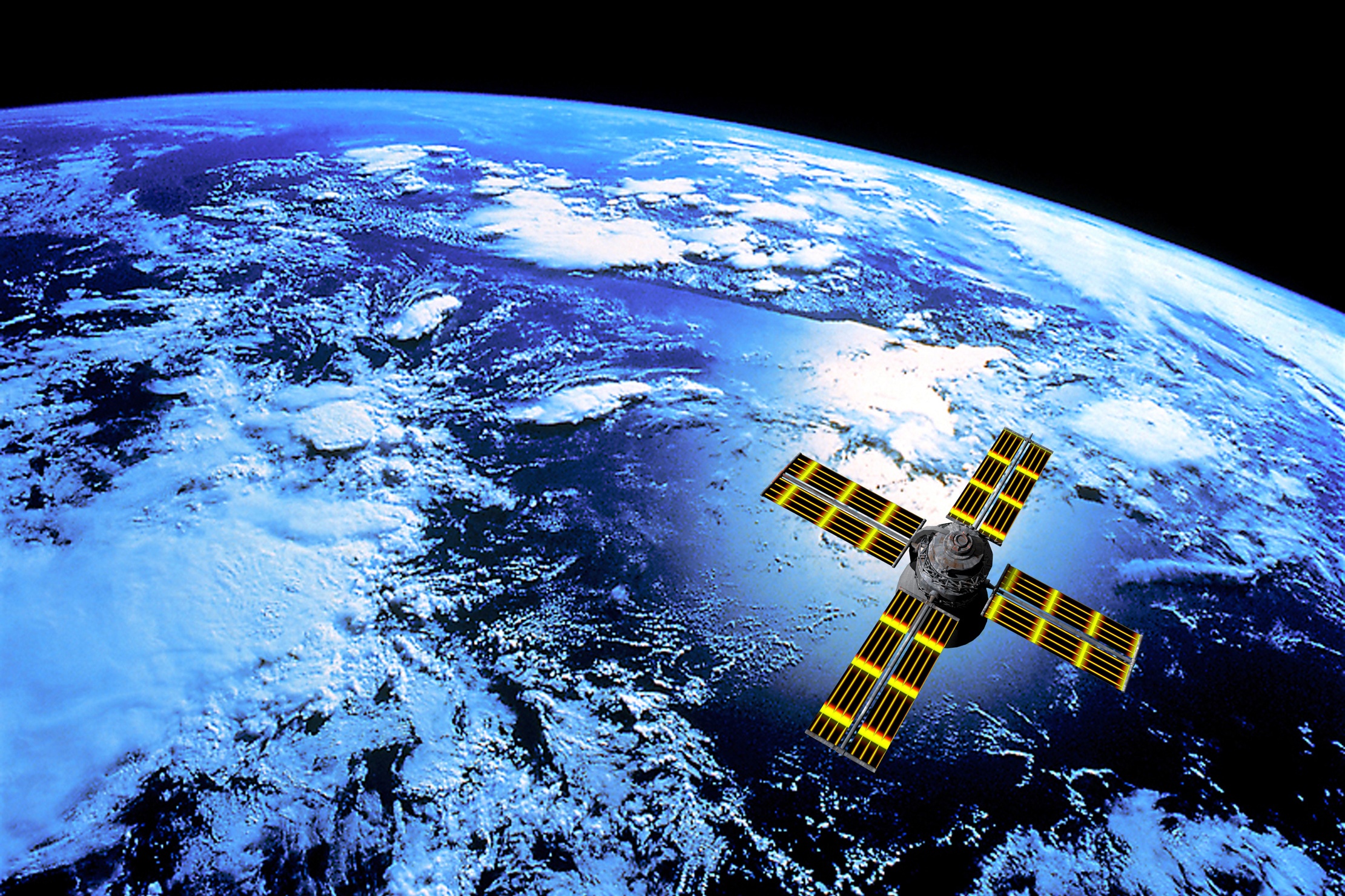Smartphones: Satellites at half the price?
A new experiment is testing whether smartphones could be the cheaper alternative to pricey international satellites. Alvaro Guzman talks to the academic behind the research to find out more.

Although not designed to go to space, smartphones contain some components, such as Wi-Fi radios, cameras and GPS systems, that could make the perfect satellite. All of this, Dr Bridges explained, but at only a fraction of the weight and cost of existing conventional satellites.
"Typically we have really expensive components," said Dr Bridges. "If we can prove that a smartphone works in space we could replace those and start reducing the cost, the mass and the power of those components and therefore of the satellite."
He believes this could open up lots of new technologies to a multitude of people and companies who usually couldn't dream of affording.
Given the obvious weight and cost advantages a smartphone offers, the ultimate goal is to be able to control a satellite with the device, which could also be used for taking pictures of the Earth.
The research team is expecting to be able to send more smartphones in space in the near future, to accomplish even more ambitious tasks.
The satellite only weights 4kg and comes equipped with navigation and control systems, which include miniature reaction wheels, a GPS receiver and pulse plasma thrusters, meant to help the satellite move up in the space.
It is expected to be launched by the end of 2011 and we at IT PRO cannot wait to see the results.
Get the ITPro daily newsletter
Sign up today and you will receive a free copy of our Future Focus 2025 report - the leading guidance on AI, cybersecurity and other IT challenges as per 700+ senior executives
-
 Cleo attack victim list grows as Hertz confirms customer data stolen
Cleo attack victim list grows as Hertz confirms customer data stolenNews Hertz has confirmed it suffered a data breach as a result of the Cleo zero-day vulnerability in late 2024, with the car rental giant warning that customer data was stolen.
By Ross Kelly
-
 Lateral moves in tech: Why leaders should support employee mobility
Lateral moves in tech: Why leaders should support employee mobilityIn-depth Encouraging staff to switch roles can have long-term benefits for skills in the tech sector
By Keri Allan